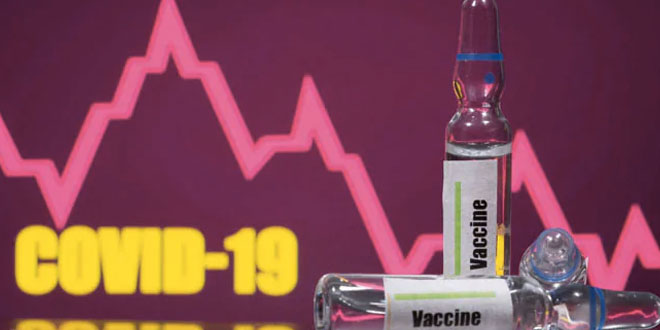Usually, when a person is vaccinated against COVID19, he or she should get two doses of the same vaccine such as two doses of Pfizer-BioNtech vaccine or Moderna vaccine. At present, mismatching the doses of different vaccines is not allowed. However, experts have said that it can change in the future by either requirement or design. The idea of using two different vaccines is not a new phenomenon. It is known as heterologous vaccination. Professor of immunology, Dr. Helen Fletcher at the London School of Hygiene and Tropical Medicine has said that health experts are trying this idea of mix and match in vaccine rollout program in the UK. She has said that the shortage of vaccine doses and concerns about various side effects of vaccines have made health experts try a mix and match approach. In France and Germany, health agencies are asking people who have taken the first doses of the vaccine developed by AstraZeneca and Oxford University to consider taking one of the mRNA vaccines for their second shots. Dr. Helen Fletcher has said that there is a practical and a scientific reason for why one should take a mix of two different vaccines. She has said that all vaccines act on people’s immune system by imitating like an invading virus, so if a real virus tries to infect the human body, the immune system will promptly identify it and fight it off. Using two different types of vaccines is like showing the immune system two forms of the virus. Helen Fletcher has said that using two different types of vaccines will result in a better immune response as compared to using the same kind of vaccine for both doses.
Some drug-making companies have been inspired by this approach and they are planning to develop vaccines of two diverse types of design. A company called Gritstone Bio seems to have started its work on such types of vaccines. The CEO of the company, Andrew Allen has said that the natural human response to a pathogen is to activate two different arms of the immune system. One arm uses antibodies and the other one depends on something known as CD8 T cells. While antibodies help eliminate the virus, CD8 T cells cannot detect the virus but they can identify a cell that is infected with the virus and it helps eliminate infected cells. Andrew Allen has been able to make two diverse vaccines to trigger each arm of the immune system, one is called a viral vector, and another one is known as mRNA vaccine. He has said that the viral vector vaccine is effective at triggering the production of CD8 T cells, while the mRNA vaccine is able to generate a robust immune response. Andrew Allen has said that by combining these two vaccines people can have the best of both shots. The new approach proposed by Andrew Allen is being tested on human participants at present.
Many health experts have said that this mix-match method has been used in the past with different types of vaccines for a variety of diseases such as malaria, HIV, influenza, and tuberculosis. Professor of immunology and microbiology at Stanford University, Bali Pulendran has said that there are many shreds of evidence that prove that the mix-match strategy can be beneficial. He has said that the way new vaccines are approved in many countries, limits the use of this strategy. Bali Pulendran has said that drug regulatory authorities like vaccines to be simple, the simpler the vaccine regime, the better they find it. Pulendran has said that mix-matching of vaccines might be scientifically relevant but it is not good from the business point of view. He has said that if one company makes one vaccine and the other company makes another vaccine unless there is a broad scale incentive for both firms to enter in an alliance, they would wish to go with their own vaccine. Experts have said that some companies like Gritstone have led the way forward for a drastically improved vaccine and other companies as well will follow the same path in the future.
